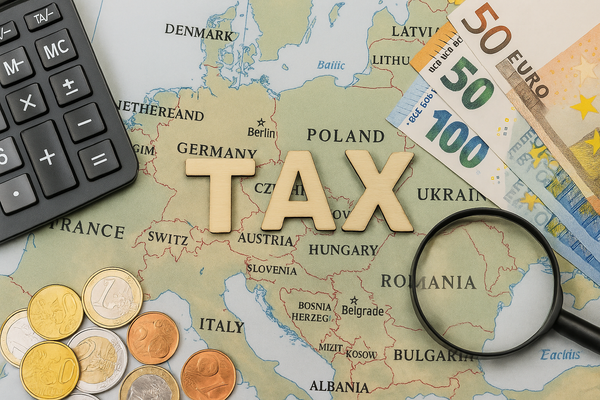
CEE capitals becoming 'victims of own success'
Slovakia’s capital city Bratislava is having difficulty getting EU funding after the rapid rise in its GDP per capita in recent years. As with many Central and Eastern European capitals, Bratislava’s wealth has climbed well above the EU average, meaning that the city no longer qualifies for EU cohesion funds. European Union rules state that areas with a GDP per capita 160% above the national average, such as Bratislava, are categorised as “more developed regions”.
Nearly 30% of Slovakia’s GDP is generated in Bratislava, according to its investment and regional development ministry, naturally to the benefit of other parts of the country. However, the ministry – which manages EU funds – also claims the current indicator of GDP per capita does not truly reflect the economic level or the environmental state of the region.
As a counterbalance, the ministry has proposed to transfer 10%, or EUR 1 billion, of the country’s allocation from the European fund for regional development and the European social fund from other regions to Bratislava.
European Commissioner for Cohesion and Reform Elisa Ferreira admitted that “Bratislava needs support to solve its problems,” adding that there are other areas in Slovakia where money is needed even more. According to Brussels-based news site EURACTIV’s sources, the Commission, which is responsible for disbursing such funds, will find Slovakia’s 10% transfer proposal somewhat problematic, as the original idea for the funding is to mitigate regional differences between the country’s rich and poor areas.
Most CEE capitals – Warsaw, Prague, Budapest and Bucharest – face a similar situation: they have all had to pay the price of their own success, with their economic performance well above the EU average GDP per capita (Prague’s, for example, stands at 205% of the EU average).
But data also indicate that within their borders these are the most unequal countries in the EU, with huge regional disparities and some of the EU’s poorest regions, measured at under 65% the EU average, are mostly in Poland, Slovakia, Hungary, Romania and Bulgaria. Meanwhile, the poorest areas of all, with GDP per capita below 40% of the EU average, are found in Bulgaria.





